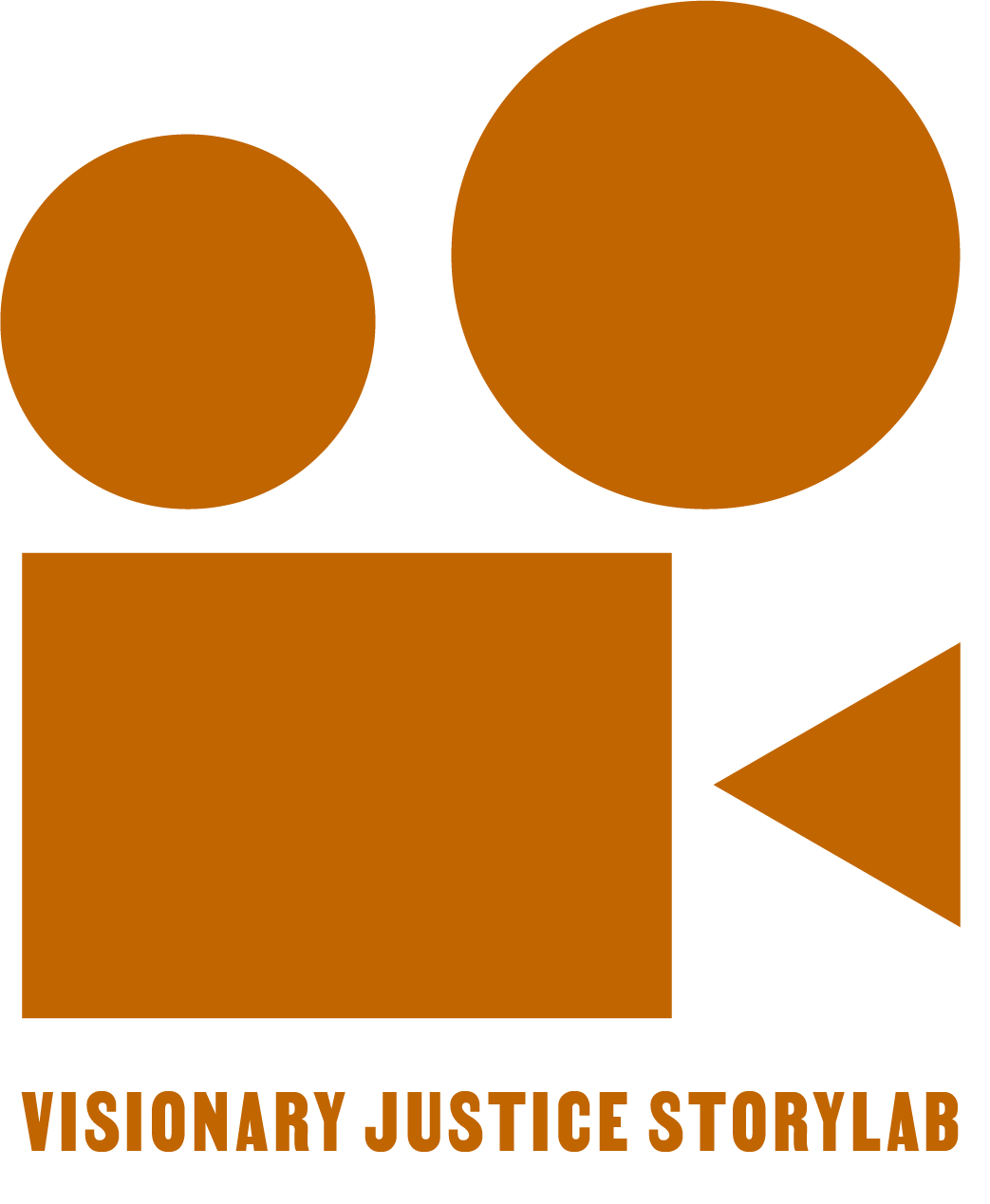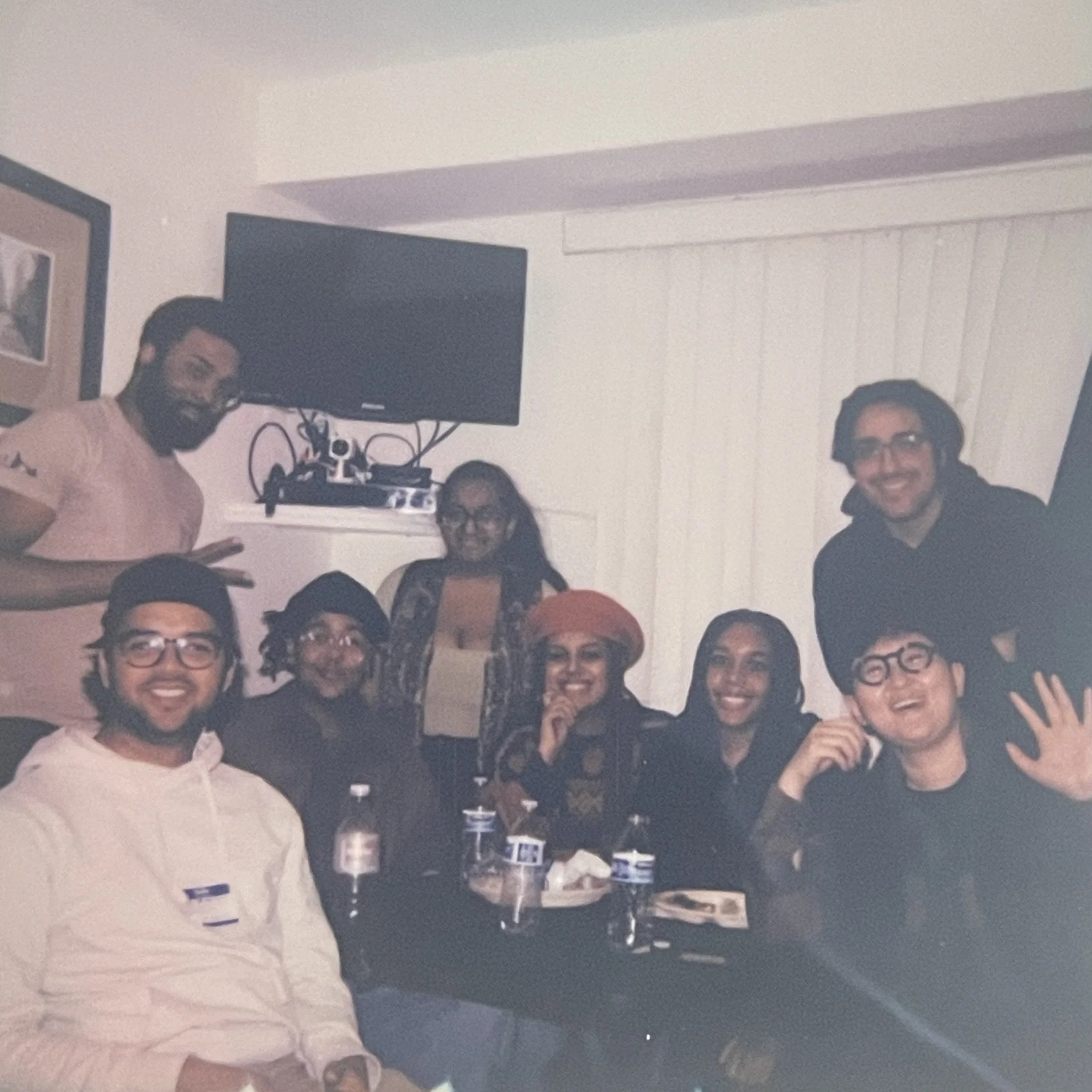Dig Up Your Darlings
By Yasi Rehana
“It was very easy. All I had to do was just be me.” - Stormé DeLarverie
How We Got There: The Roots
Let me set the scene: It’s some time in early 2024, I’m leisurely doom-scrolling on Tiktok, when suddenly, I come across a carousel of deeply wistful quotes, paired with equally melancholic imagery and music to match. Deeming this post sufficiently esoteric enough to stray from my original intention, I flip through it, and land on a quote that reads something to the likes of,
“Don’t let those parts of you die. It doesn’t matter how long ago you buried them. Dig ‘em up if you have to…”
Needless to say, the quote resonated with me. The first image that came to mind was someone frantically ripping through grass and dirt with clear intention, the music ramping up into a gorgeous cacophony of strings, before dropping off into a gentle choir as someone else is revealed beneath the dirt. A new and more authentic version of themselves. Then, I thought about the constraints of filming outside, in the woods, in a hole in the dirt, and quickly scrapped that image. However, the feeling and the concept of this scene remain as the heart of the film.
To break down the concept, let’s take a deeper look at the title: “Dig Up Your Darlings”. I created this title to be a play on both a writing trope and a writing technique. The trope of Burying Your Gays –which is unfortunately still going strong in the year of 2025– has it’s origins in the early 20th century, when queer authors/storytellers, during the time of the Hays Code, would almost exclusively write tragic queer narratives to avoid facing accusations of endorsing homosexuality. The film’s concept and title aim to subvert this trope, using the metaphor of a person who is literally buried alive in fear, shame, and dishonesty, and being forced to dig themselves out of it. The technique referenced in the title is the technique of Killing Your Darlings, which is used by writers as a form of re-assessment. To kill your darlings is to, after careful evaluation, remove parts of your writing even though you may have grown to love them, because they ultimately don’t serve your work. The film asks the questions, “Who is writing you into existence and what part of their writing does and does not serve your story? What darlings might you need to kill within yourself, and what might it help to survive within you? Are you willing to hold on to aspects of yourself that no longer feel authentic to you simply because you’ve spent so long with them written into your identity?”
The Journey of Creation: Budding
The process of making this film has been truly (if not ironically) transformative. As a creative –and more specifically, a neurodivergent creative– it has challenged me to rise to the occasion in ways I have been holding myself back from doing for long enough. I am so appreciative of the RNE Fellowship, to have been provided with the resources, knowledge, and support, both financially and through community with other women of color filmmakers. This type of support has been a missing piece of my filmmaking journey and I’m very grateful to not have to move
any further forward without it. As a trans Black & Indian creative, this filmmaking process has both challenged me to sit in discomfort as well as allowed me a deeper sense of authenticity in my work. The intention behind this film is so personal and I can only hope that it comes through for others the way that it has for me.
The Purpose: Blossoming
This film depicts the emotional journey of relearning yourself through a gender expansive lens. Trans-masc stories, as well as many other gender-queer identities, are often overlooked in queer storytelling. With this film, I am hoping to add to the limited trans-masc representation in media, and to reach anyone working through understanding their queer identity, but specifically trans-masc lesbians/sapphics who've yet to see their experiences portrayed in ways that feel true to them.




